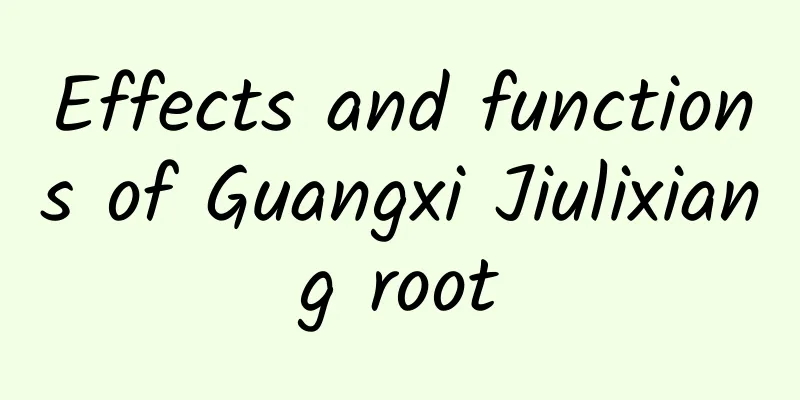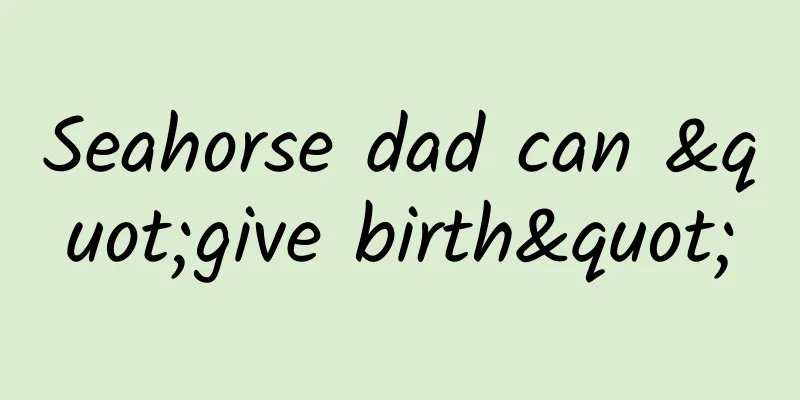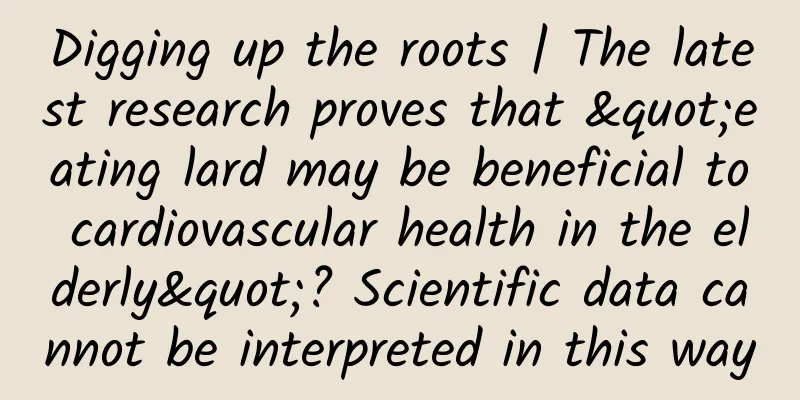Effects and functions of Guangxi Jiulixiang root

|
In daily life, people are not only very familiar with various foods, but also come into contact with a lot of medicines in daily life. Among them, Guangxi Kurixiang root is a relatively common Chinese medicinal material. Given that there are still many people who don’t know much about Guangxi Kurixiang root, let’s take a detailed look at it below. 【English name】 root of Kwangsi Jasminorange [Source] Medicinal material source: It is the root of Murraya kwangsiensis (Huang) Hunag, a plant of the Rutaceae family. [Original form] Guangxi Murraya odorifera shrub, about 1m tall. Branchlets rounded, densely pubescent at first, then glabrous. Odd-pinnate compound leaves are alternate, sometimes in even number; petiole 20-25cm long, petiole 3-5cm long, petiole and rachis covered with short fine pubescence, petiolules 2-3mm long; leaflets 7-10, nearly leathery, those born on the upper part of the rachis are larger, obliquely oblong or ovate-oblong, 7-9cm long, 3-4cm wide, those born on the lower part of the rachis are smaller, broadly ovate, 3-5cm long, 2.5-3cm wide, with slightly pointed and slightly rounded apex, base cuneate, with small and sparse blunt serrations on the margin, dark green, slightly shiny, glabrous above, cyan below, densely covered with soft hairs, midrib raised below, 6-8 pairs of veins visible above, with brown-black glandular dots, the glandular dots at the crevices are the thickest. The panicle is terminal, 5 cm long when bearing fruit, with pedicel and peduncle covered with short, fine hairs; there are 5 sepals, which are broadly ovate, covered with hairs on the outside and ciliate on the edges. The berries are spherical, 5-6mm in diameter, black, shiny, and have glandular dots. The flowering period is September and the fruiting period is November-December. [Habitat distribution] Ecological environment: Growing in mixed woods at an altitude of about 800m. 【Nature and flavor】 Bitter; pungent; warm 【Meridian】 Spleen; Stomach meridian 【Functions and indications】Promotes the flow of qi and strengthens the stomach. Mainly for epigastric pain [Usage and Dosage] For oral use: decocted in water, 9-15g. [Discussions by various scholars] "Xinhua Compendium of Materia Medica": Root: has the function of strengthening the stomach. 【Excerpt】 Chinese Materia Medica Through the introduction in the above article, I believe everyone has a certain understanding of Guangxi Mulixiang root. I hope everyone can follow the doctor's advice when taking it, and at the same time pay attention to exercise and enhance their own resistance. |
<<: The efficacy and function of banana leaves
>>: The efficacy and function of Northeast Viola
Recommend
Can towering trees really reach the sky? How tall can trees really grow? | Science Museum
It is said that "ancient trees are towering&...
How long does it take for a fetus to have cerebral palsy if it is lack of oxygen?
There are many causes of cerebral palsy, one of t...
What are the medicinal properties of white peony?
White peony root can effectively help us regulate...
Shocking! The heart is actually a Möbius strip? What’s even more surprising is…
Experts in this article: Lv Mingming, Master'...
The efficacy and function of Xinjiang Akebia
As a traditional Chinese medicine, do you know th...
Analysis: The efficacy and function of motherwort
Motherwort is very important for female friends, ...
How does the popular "dopamine outfit" heal your and my mood?
The new favorite in the fashion circle that has b...
The effect of Cynomorium songaricum and wolfberry red dates soaked in wine
A healthy body is inseparable from our nourishmen...
Seeing is worse than hearing. There is a "treasure bowl" in Xinjiang? !
If you don't go to Xinjiang, you won't kn...
What are the effects and functions of Radix Ligusticum chuanxiong?
Many Chinese medicinal materials have good effect...
How to take amber powder
Amber powder is a medicinal material with relativ...
The efficacy and function of white thorn flower
White thorn flower is something that many people ...
What would we do if someone threw a missile at us?
Mixed Knowledge Specially designed to cure confus...
Can pine pollen cure kidney disease?
Pine pollen is a very valuable health product wit...
Pre-Qin ritual books are rediscovered! The “Tsinghua Bamboo Slips” are the first to discover such documents from the Warring States Period →
Recreating the original appearance of the ritual ...









